SpinMagIC, a spin-off from the University of Stuttgart that is developing a palm-sized quantum sensor, secured two years of funding.
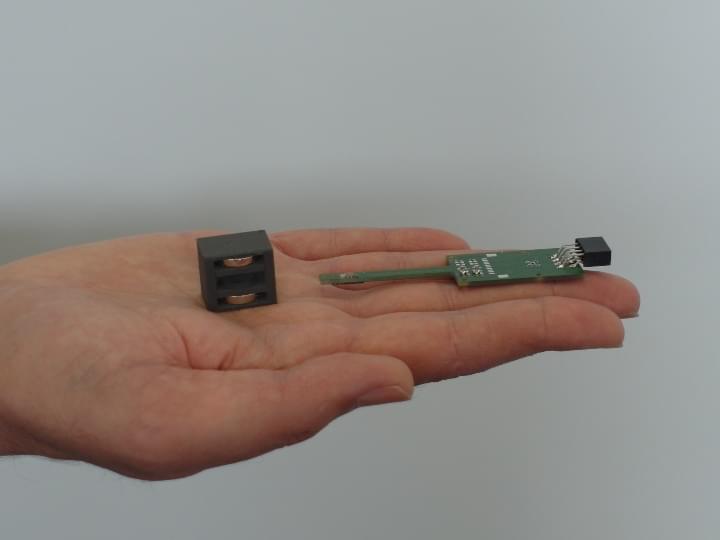

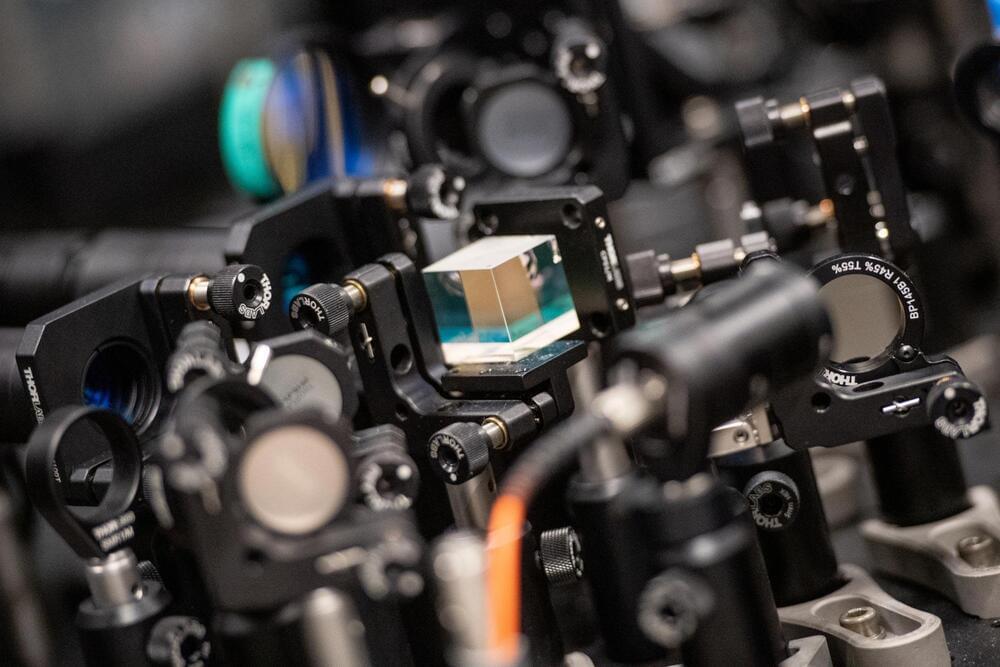
Physicist Christian Schneider has been awarded a prestigious Consolidator Grant from the European Research Council (ERC) for his groundbreaking research into two-dimensional materials and their optical properties. Schneider, a professor at the University of Oldenburg in Germany, will receive approximately two million euros in funding over the next five years to support his “Dual Twist” project.
This research focuses on a novel class of atomically thin materials and their remarkable properties, which hold significant promise for advancing optical technologies.
Together with his team, Schneider will develop experimental set-ups specially designed to study the unique properties of the materials under investigation using light, and pave the way for their application in novel quantum technologies. ERC Consolidator Grants aim to support excellent scientists conducting innovative research in Europe and help them to consolidate their scientific independence. Out of a total of 2,313 applications, the ERC has now selected 328 projects for funding, 67 of which are based in Germany.
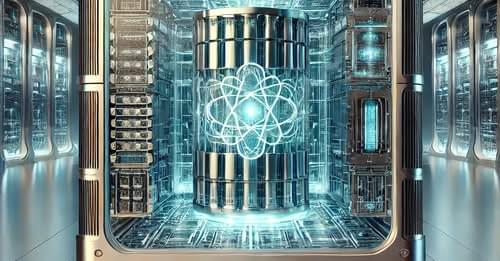
In the future we can envision FASQ* machines, Fault-Tolerant Application-Scale Quantum computers that can run a wide variety of useful applications, but that is still a rather distant goal. What term captures the path along the road from NISQ to FASQ? Various terms retaining the ISQ format of NISQ have been proposed[here, here, here], but I would prefer to leave ISQ behind as we move forward, so I’ll speak instead of a megaquop or gigaquop machine and so on meaning one capable of executing a million or a billion quantum operations, but with the understanding that mega means not precisely a million but somewhere in the vicinity of a million.
Naively, a megaquop machine would have an error rate per logical gate of order 10^{-6}, which we don’t expect to achieve anytime soon without using error correction and fault-tolerant operation. Or maybe the logical error rate could be somewhat larger, as we expect to be able to boost the simulable circuit volume using various error mitigation techniques in the megaquop era just as we do in the NISQ era. Importantly, the megaquop machine would be capable of achieving some tasks beyond the reach of classical, NISQ, or analog quantum devices, for example by executing circuits with of order 100 logical qubits and circuit depth of order 10,000.
- John Preskill.
[#excerpt](https://www.facebook.com/hashtag/excerpt?__eep__=6&__cft__[0]=AZXa9ueYXttmfVEwzQ4GVekAZVQop7Zhgkor5jA_vB_hwHN4tj73lg-rThDgKBiPSpLhF7zjAlitfcoy74S8m0I2_VTeMl5LfR2Iy9fAsd5Y9hsrZvFvD0zaYNMgiSqjej22oVy1MJZdG12EXGSwzpMBCIeIJ52AotdeXkKOIklHyEUqwFUxAFf8GQfiarLm4odTgsHClmDYc7kUFL3A6AZ-&__tn__=*NK-R) transcript of his talk at the [#Q2B](https://www.facebook.com/hashtag/q2b?__eep__=6&__cft__[0]=AZXa9ueYXttmfVEwzQ4GVekAZVQop7Zhgkor5jA_vB_hwHN4tj73lg-rThDgKBiPSpLhF7zjAlitfcoy74S8m0I2_VTeMl5LfR2Iy9fAsd5Y9hsrZvFvD0zaYNMgiSqjej22oVy1MJZdG12EXGSwzpMBCIeIJ52AotdeXkKOIklHyEUqwFUxAFf8GQfiarLm4odTgsHClmDYc7kUFL3A6AZ-&__tn__=*NK-R) Conference.
Explore #excerpt at Facebook.
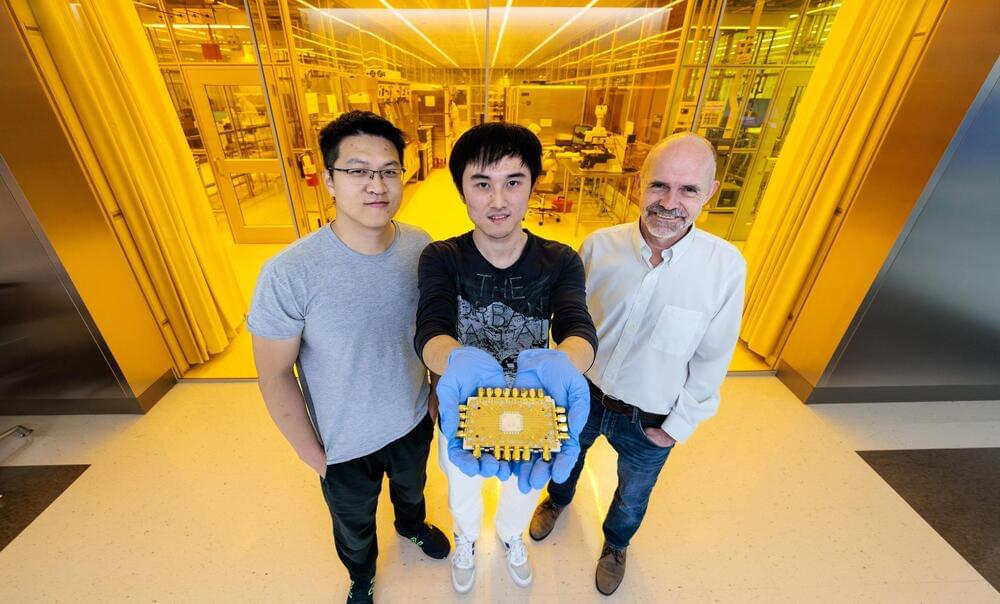
A new quantum processor design features a modular router that allows enhanced qubit connectivity, breaking away from traditional 2D grid constraints.
This approach aims for scalable, fault-tolerant quantum computing that could transform industries by solving problems beyond the reach of classical computers.
Quantum Processor Innovation
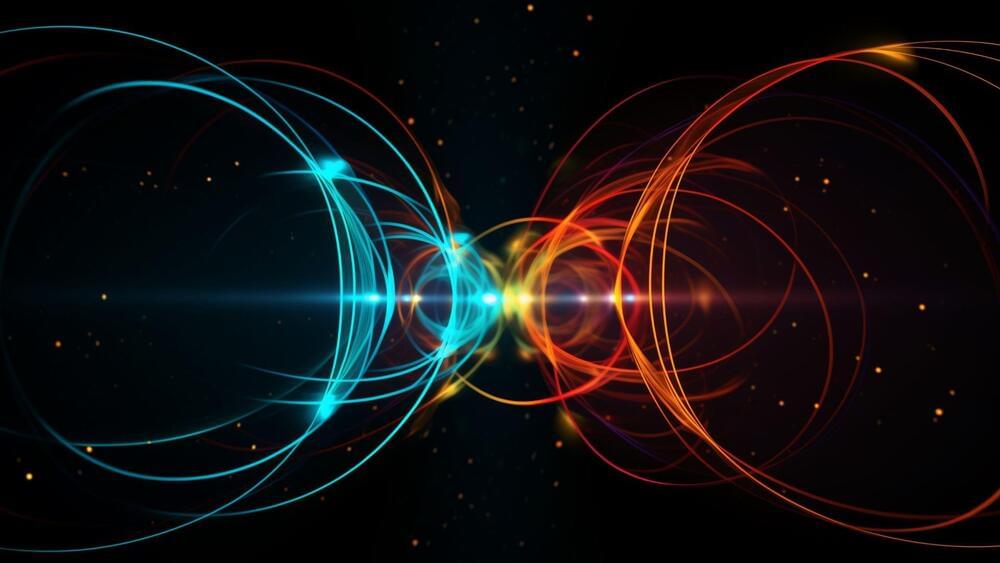
We will examine physicist Erwin Schrödinger’s view that consciousness is one unified entity shared by all beings and its implications for spirituality.
00:00:00
A Quantum Pioneer Contemplates Consciousness.
00:02:54
Schrödinger’s Philosophical Pursuits.
00:06:50
Unveiling the Monistic Universe.
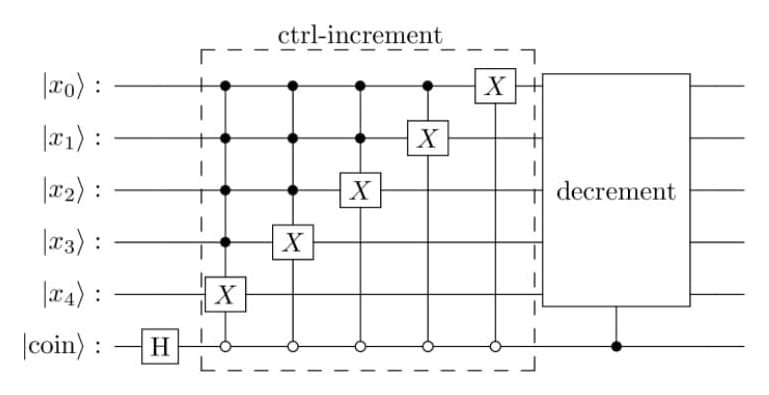
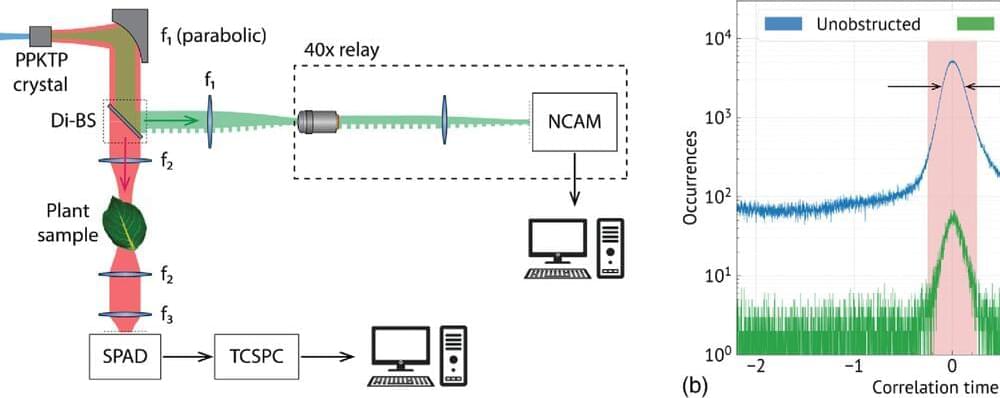
A study published in the journal Optica demonstrates live plant imaging of several representative plant samples, including the biofuel crop sorghum. By employing a novel detector, researchers obtained clear images of living sorghum plants with a light far dimmer than starlight. This advance enables imaging of delicate, light-sensitive samples, such as biofuel crops, without disturbing or damaging the plants.
A method called quantum ghost imaging (QGI) allows scientists to capture images at extremely low light levels. QGI also enables the use of one low intensity color, best matched to the sample and a different color at higher intensity, sufficient to form the image of the sample. This approach improves imaging in regions of light where traditional cameras struggle.
By using label-free infrared imaging, researchers can gather critical information about important plant processes, such as water content and photosynthesis, even in low-light conditions. This is particularly beneficial for studying biofuel crops, where researchers want to optimize plant growth and health to maximize yield and sustainability.
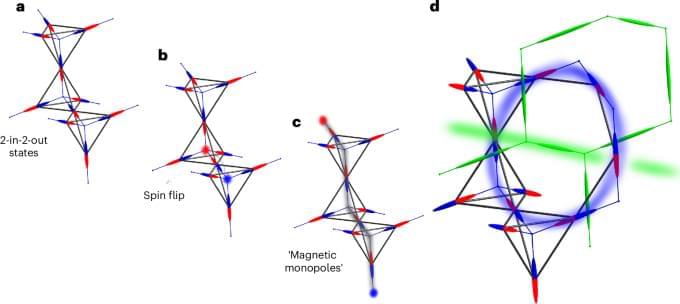

An international team of scientists led by Dr. Lukas Bruder, junior research group leader at the Institute of Physics, University of Freiburg, has succeeded in producing and directly controlling hybrid electron-photon quantum states in helium atoms.
To this end, they generated specially prepared, highly intense extreme ultraviolet light pulses using the FERMI free electron laser in Trieste, Italy. The researchers achieved control of the hybrid quantum states using a new laser pulse-shaping technique. Their results have been published in the journal Nature.